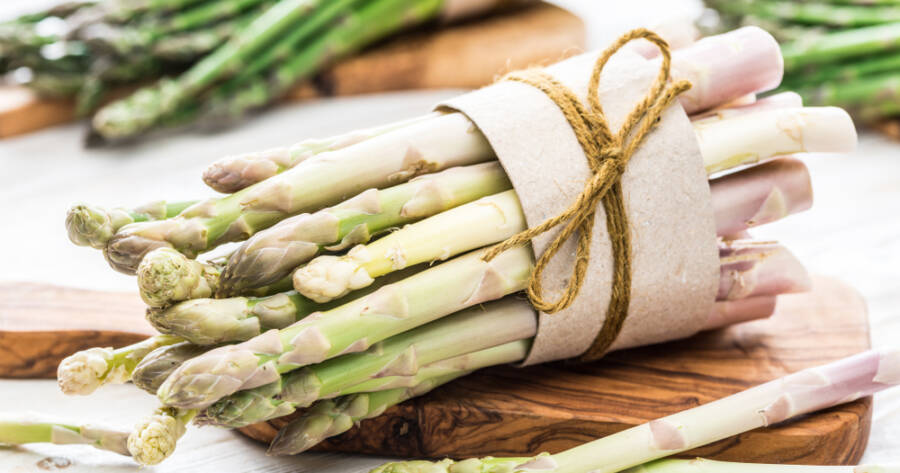In today’s fast-paced, globalized food system, it’s easy to forget that tomatoes aren’t naturally ripe in December or that berries don’t belong in winter pies—at least not locally. But as more home cooks, chefs, and conscious consumers lean into the rhythm of the seasons, seasonal cooking is making a powerful comeback. At its core, cooking seasonally means using ingredients that are harvested at their peak, during the time of year they naturally grow. And while it might sound like a trend, it’s actually one of the oldest (and most rewarding) culinary traditions in the world.
Why Seasonal Cooking Matters
1. It Tastes Better
There’s a reason strawberries in June taste wildly different from strawberries in January. When fruits and vegetables are picked at their peak ripeness, they’re more flavorful, aromatic, and nutrient-rich. Seasonal produce hasn’t spent weeks in transit or storage, and it hasn’t been engineered to endure long-distance shipping.
Freshness equals flavor, and your meals will reflect that with every bite.
2. It’s Better for Your Health
Foods that are grown and consumed in sync with the seasons often offer nutrients your body naturally craves at that time of year. Think hydrating cucumbers and tomatoes in the summer, or immune-boosting root vegetables and citrus in winter. Plus, seasonal foods are less likely to be heavily processed or preserved.
Eating what nature provides—when it provides it—helps support your body’s natural rhythms.
3. It’s Better for the Planet
Seasonal produce is typically grown closer to home, which means fewer food miles, reduced carbon emissions, and less energy used in storage and transport. When you buy in-season and local, you’re also supporting small farmers and sustainable agriculture, rather than industrial farming practices that often harm the environment.
It’s a small step with a big impact—voting with your fork for a more sustainable food system.
4. It Saves Money
Seasonal foods are more abundant, which means they’re usually more affordable. Buying what’s in season means you’re purchasing items that are at peak supply and peak freshness, lowering the cost for both growers and consumers.
Plus, embracing seasonal ingredients encourages more variety in your meals—and creativity in the kitchen.
How to Cook Seasonally
1. Get to Know What’s In Season
Every region has its own growing schedule. Familiarize yourself with local seasonal charts or use apps and farmers’ market guides to find out what’s in peak season near you. For example:
- Spring: Asparagus, peas, strawberries, radishes
- Summer: Tomatoes, zucchini, corn, peaches
- Fall: Pumpkins, apples, Brussels sprouts, beets
- Winter: Kale, citrus, sweet potatoes, leeks
2. Shop at Farmers’ Markets
Farmers’ markets are ground zero for seasonal shopping. Not only do you get the freshest produce, but you can also talk directly to the farmers who grew your food. Ask for tips, storage suggestions, and recipe ideas. You might even discover new ingredients you’ve never cooked with before.
3. Plan Meals Around What’s Available
Instead of choosing a recipe and hunting for out-of-season ingredients, flip your routine. Buy what looks fresh and build your meals around it. Let the season guide you.
For example, a summer dinner might revolve around grilled corn, heirloom tomato salad, and peach cobbler. In winter, think roasted root vegetables, hearty soups, and citrus-infused desserts.
Eat with the Earth’s Rhythm
Cooking seasonally isn’t about restriction—it’s about reconnection. It’s about aligning your plate with the planet, savoring food at its peak, and celebrating the natural diversity of the year. From farm to fork, every step becomes more mindful, more flavorful, and more rewarding.

